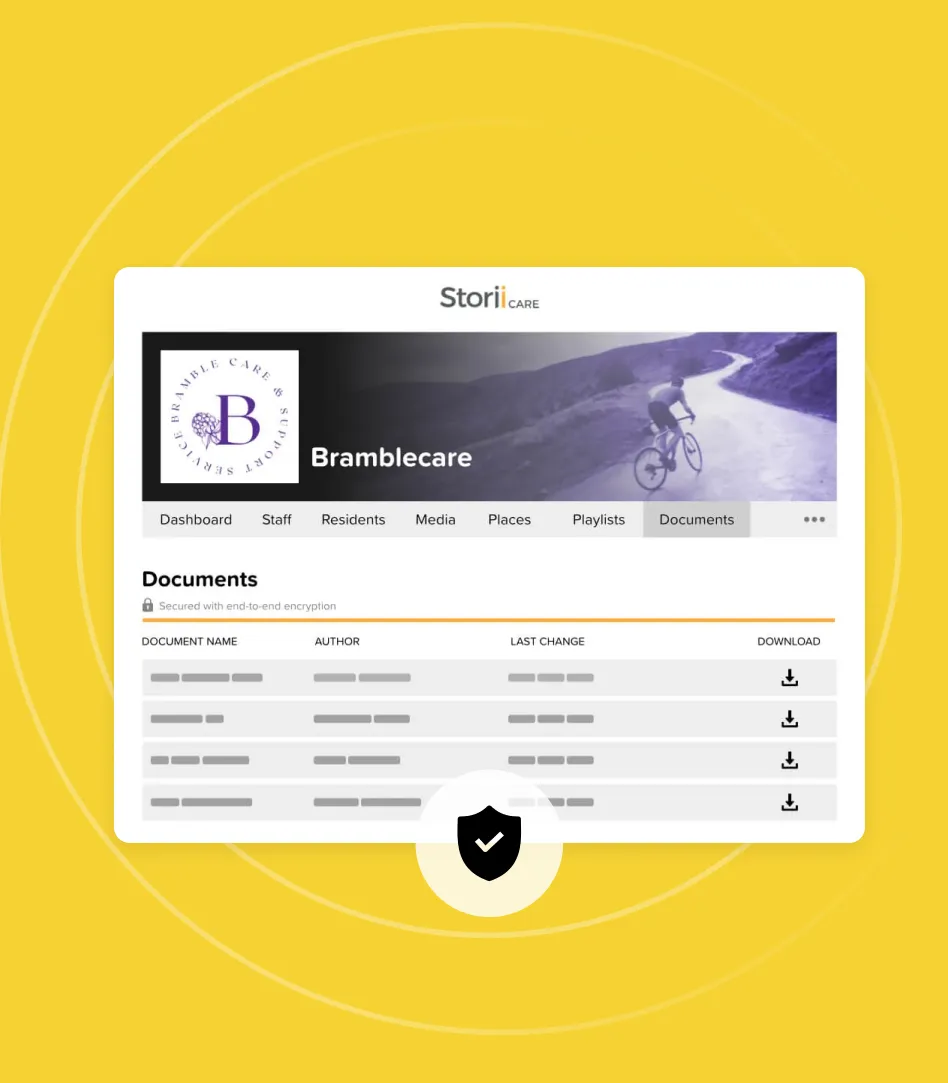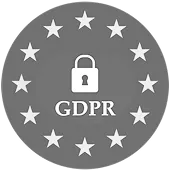It is becoming industry standard to see an electronic health record (EHR) system or care planning software used in nursing homes and assisted living facilities. Using digital platforms to track and record workflows and health outcomes isn’t the only thing vendors are offering care providers. Some care management systems support dedicated Family Portals or functionality that enables care providers to connect and communicate with resident families.
Why Focus on Connecting with Resident Families?
Word of Mouth Referrals are extremely valuable and have a high conversion rate. How can senior care management increase occupancy for their community? Ensuring that existing resident families would recommend their services is one place to start. Digital care planning systems that offer family connectivity help move the needle in several ways. We’ve outlined some of those ways below.
Evidencing Resident Engagement
Prospective families want to know that their loved one won’t be cooped up in their room all day. Therefore, a diverse activities program is often the lifeblood of a residential care home. It can also be a valuable marketing tool. By showing friends and relatives that their loved ones are engaged in stimulating events and a vibrant social community at your facility, you increase the likelihood of positive online reviews and verbal testimonials.
When choosing a care management system, consider:
- Does it allow you to share activity calendars with resident families?
- Does it notify relatives of their loved one’s activity participation?
- Can Activity Directors easily share photos and videos to evidence resident engagement?
- Can relatives RSVP to attend activities and events?
These simple actions can go a long way in building trust and rapport with a demographic that can bring in organic referrals.
Expanding Communication Avenues
Care management systems tend to have some kind of messaging functionality. This can be utilized internally amongst staff and management. However, it can also be used to allow care staff and resident families to communicate without tying up phone lines. Directing families to use this avenue of communication allows care staff to reply when it is convenient and appropriate. It also means if one staff member is busy, someone who is free could reply in their place. With some software applications you may be able to share aspects of a resident’s care plan or clinical notes with families as well.
Digital Care Plans & Patient-Centered Care
When residents are engaged with their current needs and preferences, they are more likely to stay in a care home longer. High levels of patient-centered care has been shown to improve quality of life. Higher quality of life is also associated with lower costs of care. Certain care planning software platforms like StoriiCare, allow providers to tailor care and support plans to an individual. This is in contrast to a one-size-fits all template approach.
Furthermore, StoriiCare has engagement features such as personalized Playlists, Life Story and a My Places feature (which uses a Google Street View integration). When these features are populated by residents and their families, it gives staff access to rich information that helps them provide better patient-centered care.
The Power of Analytics
Analytics and reporting capabilities are something care management systems offer that simply cannot be replicated by paper-based recording. Being able to quickly access and export a resident’s participation details, engagement and mood trends, risk assessments, incident and accident reports, etc. is incredibly valuable. Having a system that allows you to evidence the quality of your care is key to connecting with resident families and increasing satisfaction.
Schedule a Demo
If you're looking to transition from paper-based recording to digital care management, consider booking a demo with one of our friendly team members! StoriiCare's modern, intuitive interface is extremely user-friendly and used by providers across the spectrum of care: from housing associations to adult day cares for adult with disabilities; small care homes to large assisted living communities.




.png)
.png)
.png)










